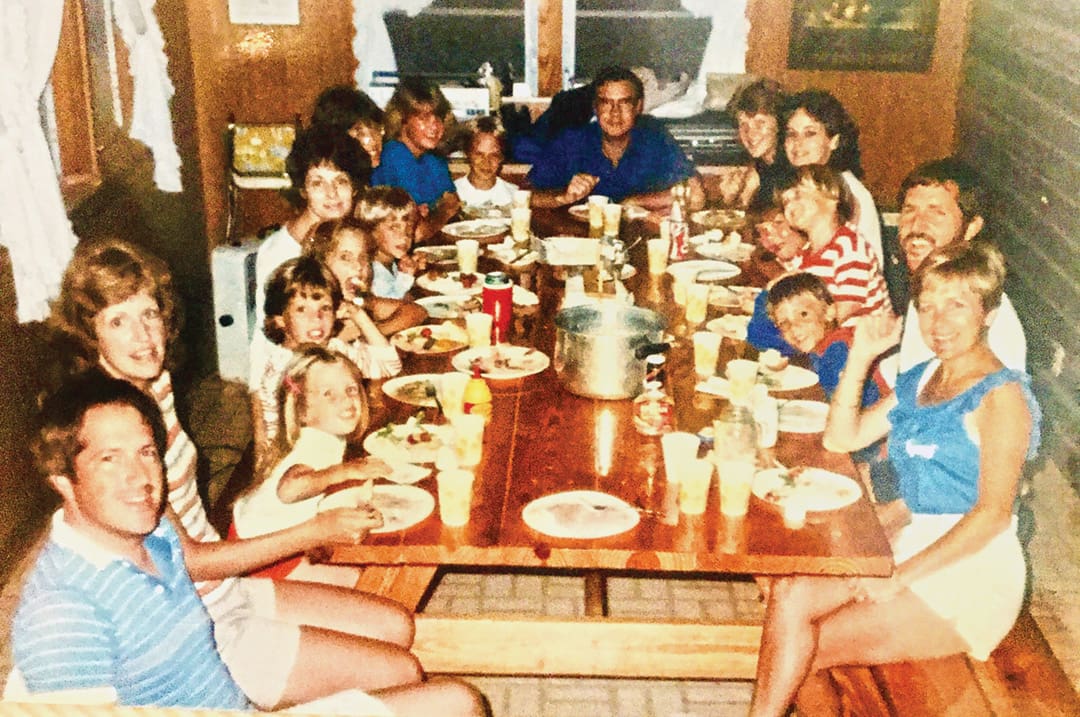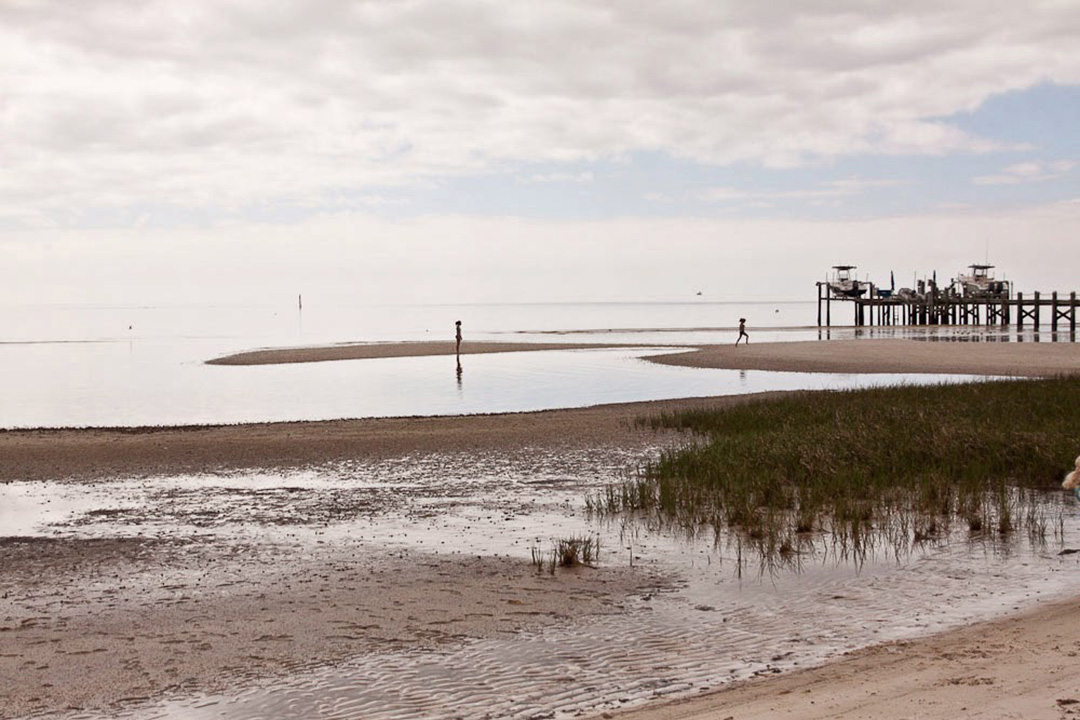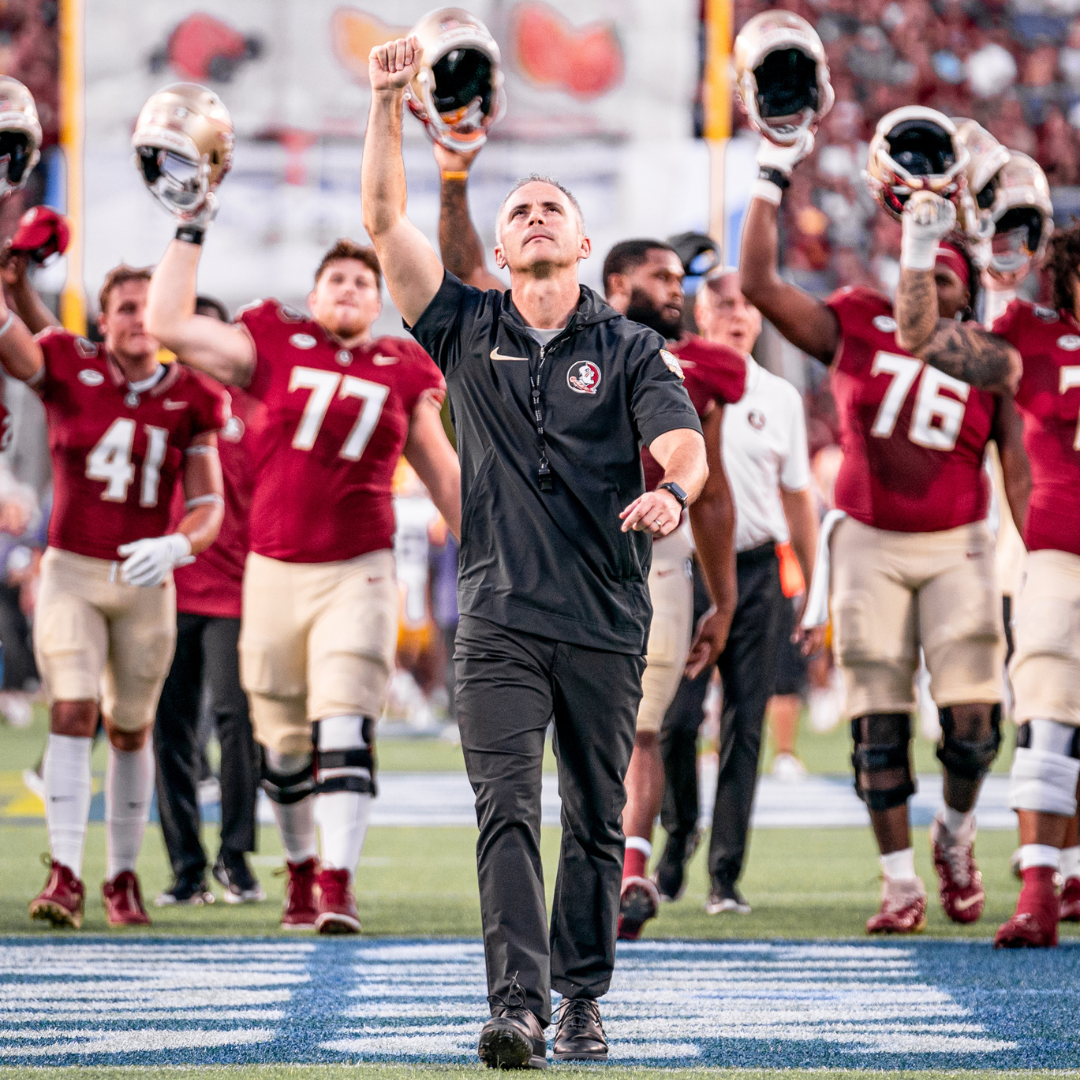by Prissy Elrod | July 2, 2018
Sainted Shores
A trip to an old beach cottage proves that those beloved places of the past hold the power to reveal and to heal


I was following my oldest daughter, Garrett, up the narrow staircase built inside a brick wall of our old beach cottage. My heart was racing. It was a lifetime since I’d been in the attic. She had transformed the place after months of pinning, painting and primping up here, turning the once-cluttered space into a sleeping loft for the fourth generation of Kuersteiner offspring.
It was early summer and time for the annual Kuersteiner family reunion. For 30 years, they had been having it at the little cottage on the shore of St. Teresa Beach. I have yet to find any other family that has a reunion for an entire week. But that’s another story.
We called it M. Lee’s cottage, after the family matriarch, Martha Lee Kuersteiner. No mind she’d been dead almost three decades. One never dies, so to speak, if they ever lived on St. Teresa Beach. The tales and history of the departed souls pass on through generations. And few outsiders ever get property there. Like memories and stories, the property stays in the family and is bequeathed to the heirs. In fact, there are 55 Kuersteiners sharing a two-bedroom, one-bath cottage. And that’s before the fourth generation starts propagating.
When I reached the last step to the attic, unexpected emotions struck me. Nostalgic memories embedded for years began reeling in vivid color. My past was colliding with my present.
Garrett was busy pointing out what she’d done. I blinked away, pooling tears, and turned to wipe my eyes. I turned back around and could see her mouth moving. I was admiring the way her hair fell around her face, listening to nothing my child was saying.


I was back in time, 48 years ago, remembering the pungent smell of age and dust, seeing the speckles of peeling paint. Tiny insects that tumbled inside from gaping holes in the old windows buzzed around me. I was back to the day I became part of St. Teresa Beach and met the boy who brought me there.
It was my third date with a third-year law student. His name was Boone. He was four years older, and we’d met by chance. He was driving down Jefferson Street on the campus of FSU. He passed by and saw me standing on the lawn, talking with a few Pi Phi sisters. Boone stopped his car and left it running in the middle of the road. He sprinted across the brittle lawn, parched from summer’s heat.
He was tall, blond, and quite handsome in his green dotted tie, holding a mechanical pencil in one hand. I studied him as he pulled a small black notebook from his shirt pocket.
He was chatty, polished and persuasive. The cars began honking behind his idle car, still sitting in the middle of the road. With a nudge from my girlfriends, I gave him my phone number. I figured a killer wouldn’t wear a tie like that.
A week or two later, we had finished chowing down on burgers and were leaving Mutt and Jeff’s. It was early and still light outside. This was the third date and the most important in my three-date rule. He wouldn’t know about that. On the first date, I would try not to judge; they might be nervous. Second date, I observed humor, personality, and humility. By the third, I knew if I wanted a fourth.
“Let’s go watch the sunset,” he suggested.
“Where?”
“St. Teresa, my parents have a house there.”
“I’ve never heard of it… but, okay.” I loved the beach, especially with the sun setting.
We climbed back inside his sporty car and drove 40 miles to the coast. I was imagining a house like the ones that spilled across the coastal marsh of Georgia. Sea Island, where I’d spent my summers growing up, came to mind.
Less than an hour later, we were pulling off Highway 98 and onto a winding dirt road. The sun had already set during the drive down.
On either side of the driveway stood enormous pine trees, rustling in the light summer breeze. Boone turned off his headlights and crept up the dirt road.
“What are you doing?” I asked.
“The Carters are home.”
I was too busy searching for monsters to ask why it mattered. His blue car moved forward at a snail’s pace before stopping smack dab in front of a red, brick speck . . . the house. He turned off the ignition. What the heck? The place was nothing like I imagined.
Boone climbed out and softly closed his door. He came around to my side, opened the door and extended his hand to help me out. Again, a quiet closing of the door.
“Whisper,” he whispered.
I followed him and stood beside him as he reached behind an electrical box and pulled out a key. He opened a creaking screen door, then inserted the key into the scarred, wooden door and opened it. Heat and a musty scent were waiting inside.


I ran my hand along the wall for a light switch. “No, don’t turn it on,” he whispered, pulling a small flashlight from a kitchen drawer. He ushered me along a dark, narrow hall and opened a small wooden door with peeling white paint. A wave of heat came out and washed over me. We lowered our heads to fit inside the tiny staircase, a space too small even for me, much less his six-foot frame.
We were inside the attic. I saw stacks of boxes, a twin bed and spooky shadows all around. I was just about to vocalize my utter shock when we heard heavy footsteps below us. Bright lights beamed up the stairs, wrapping color around the shadows in the attic.
“Who’s there?” a man hollered.
“Crap, the Carters!” Boone whispered.
Busted! Before he ever got to first base. It served him right. Tempting me with a sunset and the beach. I never saw either one.
Mrs. Carter called his mother before we made it back to Tallahassee. Boone’s mother was a strict woman. She had always ruled her eight children with a watchful eye. No matter that Boone was 24 years old and about to graduate from law school. She didn’t want her boys taking girls inside the cottage on St. Teresa Beach, or anywhere for that matter.
“A gentleman doesn’t do that,” she scolded. “What would her mother think?” For the record, my mother couldn’t have cared less.
None of her goings-on stopped Boone from trying. He kept sliding me around her until we married.
Summers came and went as we moved through decades on St. Teresa Beach. Garrett and Sara Britton, our two daughters, learned to crawl on the dirty floor of that cottage.
As toddlers and tweens, they learned to fish, paddle a boat, ski and collect starfish along the same shore. But, by this time, our family had taken up residence in a different cottage, also old and worn after years of occupants. The cottage was not one of the famed Wilson’s Beach Cottages. But it lay inside a compound among old, abandoned army barracks. My greatest fear wasn’t the water, snakes or gators, but rather the old iceboxes with doors and latches inside the dilapidated buildings. What if my child crawled inside one of them in a game of hide and seek. Later, as our girls grew into teenagers, we moved to another cottage a few hundred feet away on St. Teresa Beach: Bay North.
And then, the unthinkable. We buried Boone, who we lost to cancer. That was when St. Teresa Beach, with its simplistic gentleness, became my haven. It captured not only my heart, but also my soul. It restored my strength, hope and courage in the aftermath of loss. I wouldn’t know it yet, but another sainted island, St. George Island, would come into my life. But only after I reunited with my high school boyfriend, a whole other story I share in my memoir, Far Outside the Ordinary.
When I remarried, I deeded my shared interest in M. Lee’s cottage to our daughters. After all, my owner privilege was marriage to Boone. I also sold Bay North, the cottage we owned during the last years of Boone’s life.
Friends asked how could I leave St. Teresa Beach. Few understood. But, I knew to move forward that I could never look back. St. Teresa was in my past. St. George would be my future.
On that visit with Garrett, I looked around the attic one last time, then went down to join the Kuersteiner clan. I was lucky. After so many years, they still thought of me as family, and they welcomed and loved Dale, my husband.
I followed the sound of laughter to the porch. I found Dale sharing a story with Boone’s brother, Kris. It warmed my heart to see how much Kris resembled Boone. Next to them was Sara Britton, my youngest daughter. She was scolding her sweet, active boy, Whit. She was most like her father: strict with a kind, tender heart. Peace enveloped me. The chaos, heat and my earlier turbulent emotions seemed insignificant. M. Lee’s cottage, worn-out and eclectic, had captured this family year after year. The reunion represented the past, present and future for every generation. Those gone and those yet to come. It was magic.
We bid goodbye and I shared a hug with all of Boone’s family: brothers, sisters, spouses, nieces, nephews and cousins.
I pulled the screen door open and smiled at the creaking sound, remembering, once again, where it all began.
Dale slammed his door, and I rolled down the window to cool down the car. I looked over toward the Carters’ house and saw one of them watching us. I smiled and waved as we pulled out along the dirt road, back onto Highway 98.
It seemed nothing had changed. Yet everything was different. Best of all, there were two saints on the Panhandle shore of Florida, Saint Teresa and Saint George, who blessed me. Nobody could ask for more than that.





